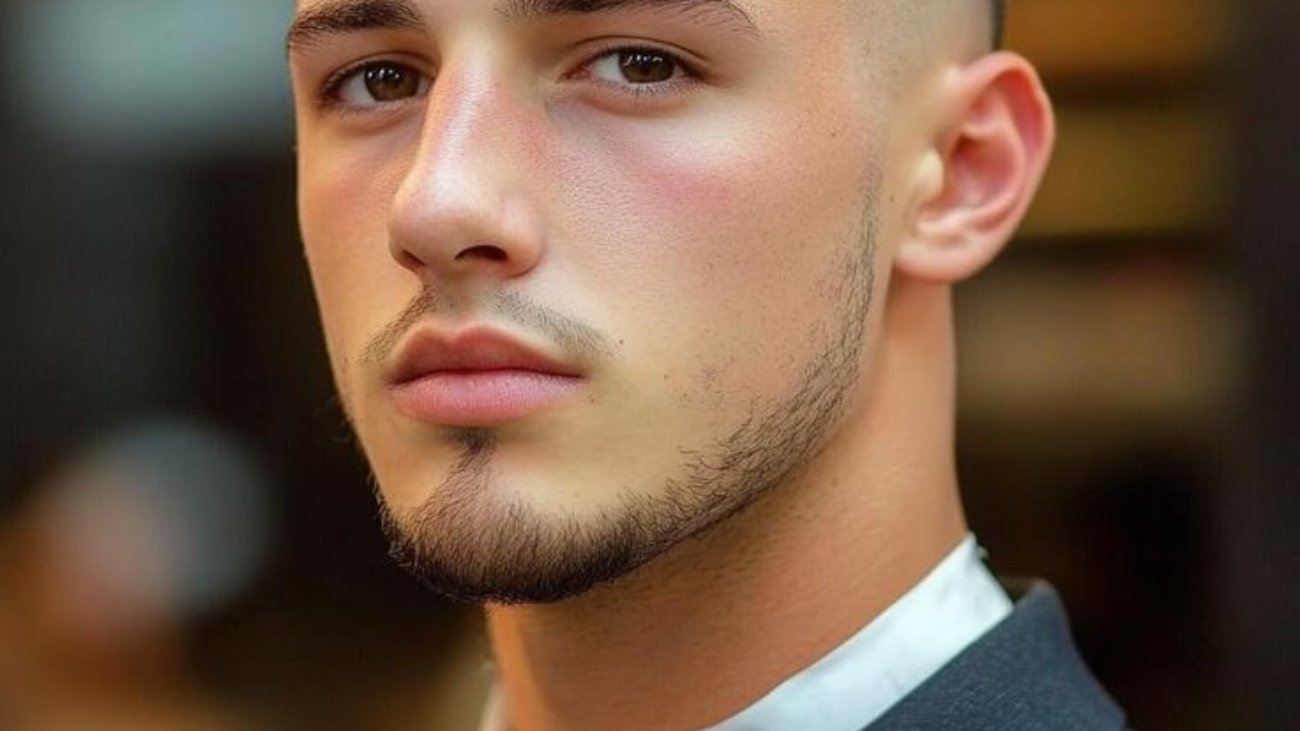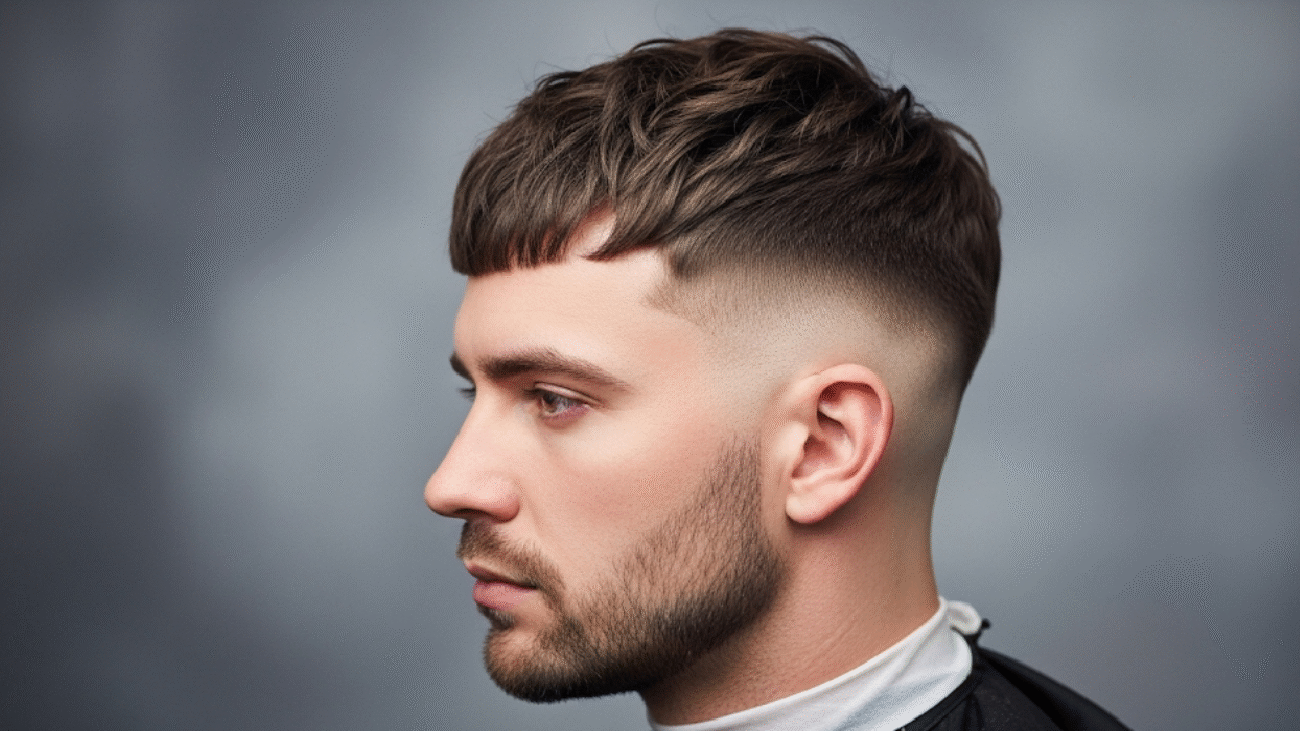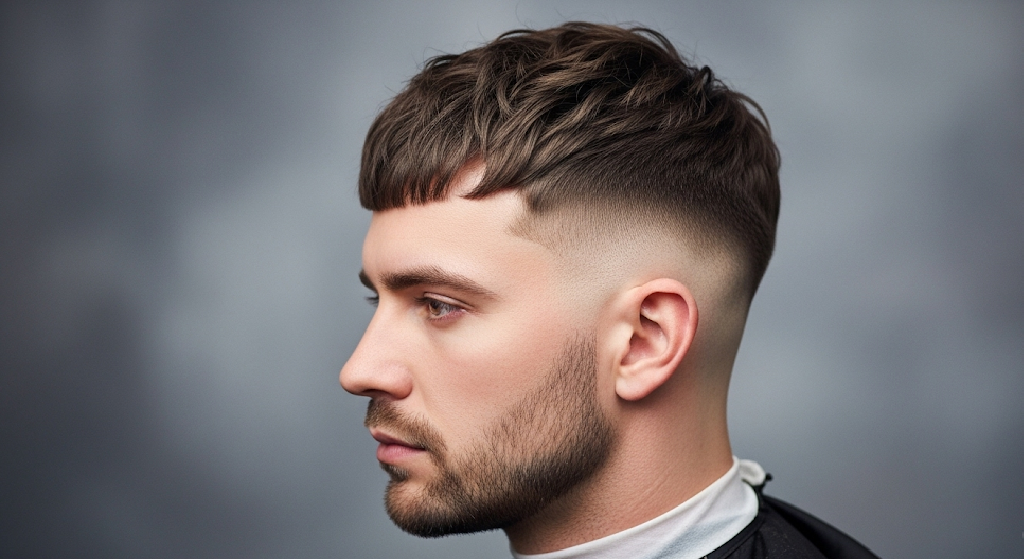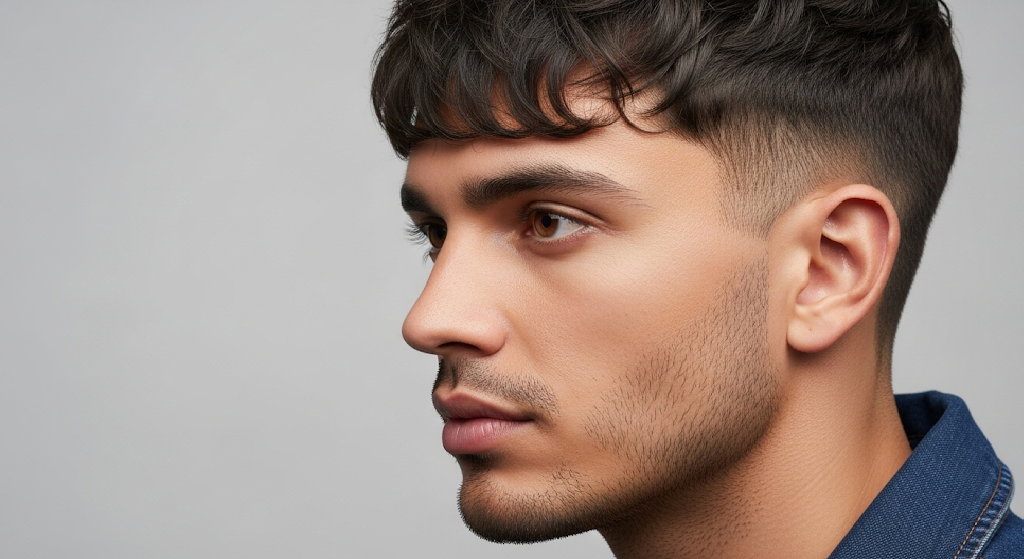Taper Cut?
A taper cut is a classic men’s haircut where the hair gradually shortens from the top down to the neckline and ears. The taper creates a smooth, blended look — longer at the crown, and shorter as it goes down the sides and back.
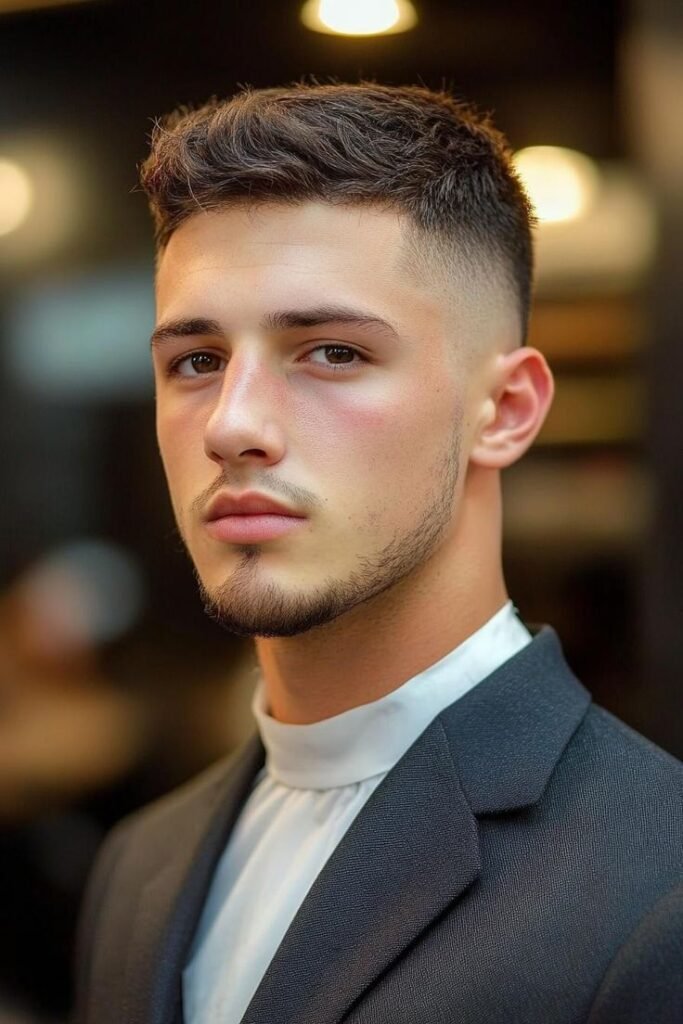
Unlike a fade (which can go down to skin), a taper usually leaves a bit more length and transitions more subtly. It’s clean, professional, and highly versatile, making it a go-to choice for men of all ages and lifestyles.
Benefits of a Taper Cut
Professional and Stylish
Perfect for office environments, business meetings, and formal settings.
Versatile Look
Pairs well with pompadours, side parts, slick backs, and more.
Low to Medium Maintenance
Requires less frequent touch-ups than fades but still stays neat.
Blends Naturally
The gradual transition looks smooth and flattering on most head shapes.
Customizable
Choose a low, mid, or high taper based on your personal style.
Drawbacks of a Taper Cut
Requires a Skilled Barber
A proper taper needs precision blending; not every barber nails it.
Can Lose Shape Quickly
Once the sides grow out, the clean tapered look fades and needs reshaping.
Less Drastic Than a Fade
If you’re looking for a bold, dramatic look, a taper might be too subtle.
Styling Tips for a Taper Cut
Use Pomade or Clay
Adds hold and shape on top while keeping the sides controlled.
Blow Dry for Volume
If your top is longer, blow-drying with a round brush lifts the hair for fuller styles.
Apply Light Hold Products
For textured or natural looks, use creams or light waxes to define your style.
Define Your Part
A hard part or natural side part enhances the contrast between the taper and the top.
Popular Variations of the Taper Cut
Low Taper – The taper starts just above the ears and nape; subtle and classic.
Mid Taper – More noticeable; starts around the temples and mid-neck.
High Taper – Taper begins high on the head; clean and more modern.
Taper Fade – A hybrid where the taper blends into a fade near the neckline.
Taper with Textured Top – Adds volume and movement; works well with curly or wavy hair.
Taper with Side Part or Comb Over – Ideal for formal or polished looks.
Who Should Get a Taper Cut?
A taper cut is ideal for:
Men who want a clean, polished look without going too short
Professionals and students
People with straight, wavy, or curly hair
Anyone looking for a versatile haircut that suits any setting
Those who prefer structure without skin exposure
Final Thoughts
The taper cut is the perfect balance between sharp and subtle. It’s refined, timeless, and can be styled in many different ways depending on your mood or lifestyle. Whether you’re heading to the boardroom or a night out, the taper cut gives you the flexibility to stay sharp and stylish.

